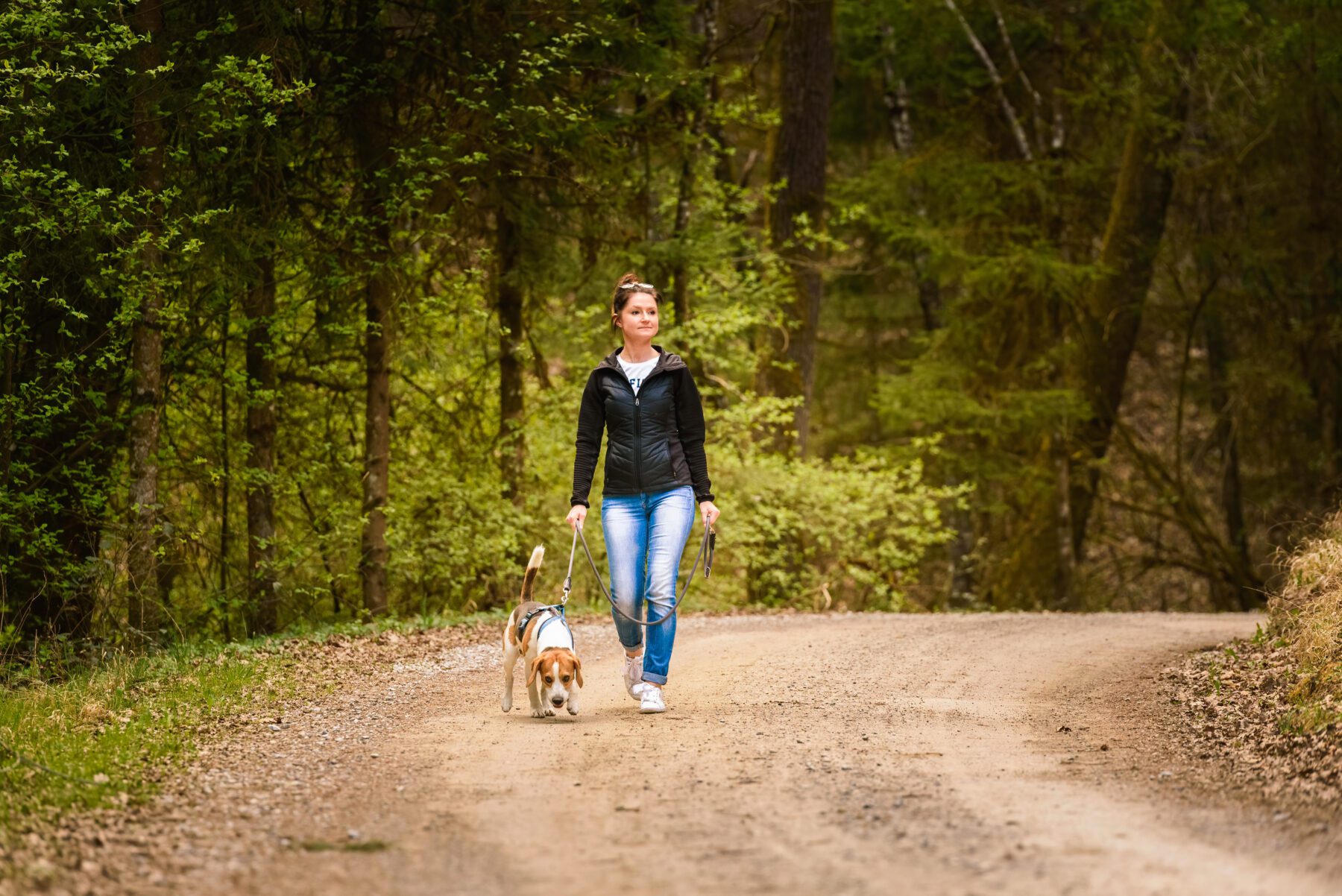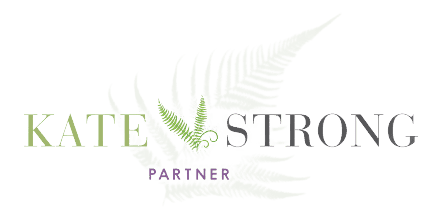
The Power of Co-Regulation: Healing Through Connection with Animals and Nature
In our fast-paced, modern world, many of us struggle with emotional turbulence, anxiety, and stress. These emotional struggles often stem from issues like low self-worth, people-pleasing, codependency, and a lack of trust in relationships. While traditional methods of self-regulation and therapy are invaluable, co-regulation with animals and nature can provide profound healing and emotional balance.
Co-regulation is the process by which two beings—typically, humans and animals, or humans and nature—regulate their emotions and physiological states together. This mutual regulation can bring about a sense of calm, safety, and emotional well-being. Let’s explore how engaging with animals and nature can foster this deep, healing connection.
The Science Behind Co-Regulation
The concept of co-regulation is rooted in our biology. Humans are inherently social creatures, wired for connection. When we interact with others, especially those we feel safe with, our bodies release oxytocin, often referred to as the “love hormone.” This hormone plays a crucial role in bonding and can reduce stress and anxiety.
Animals, particularly pets like dogs and cats, have been shown to have a calming effect on humans. Their presence can lower cortisol levels (the stress hormone) and increase oxytocin levels. This bidirectional emotional exchange helps both the human and the animal to feel more relaxed and secure.
Co-Regulating with Animals
- Pets as Emotional Anchors: Pets offer unconditional love and acceptance, providing a reliable source of comfort. Their non-judgmental nature allows us to express our emotions freely without fear of rejection. Simply petting a dog or cat can slow our heart rate and breathing, creating a soothing effect.
- Equine Therapy: Horses are particularly intuitive and can mirror our emotional states, providing immediate feedback. Equine therapy, or therapeutic horseback riding, leverages this connection to help individuals with emotional and psychological challenges. The rhythmic motion of riding can also have a meditative effect, promoting relaxation and emotional regulation.
- Animal-Assisted Therapy: This therapeutic approach incorporates animals into the treatment process. Therapy dogs, for instance, are trained to interact with individuals in a way that promotes healing. Their presence can help break down emotional barriers, making it easier for individuals to open up and engage in the therapeutic process.
Co-Regulating with Nature
- Nature Walks and Forest Bathing: Spending time in nature has been shown to reduce stress and enhance mood. Forest bathing, a practice that originated in Japan (known as Shinrin-yoku), involves immersing oneself in the forest atmosphere. The sights, sounds, and smells of the forest can stimulate our senses and promote a sense of peace and relaxation.
- Gardening and Plant Care: Tending to plants can be a grounding and meditative activity. Gardening requires mindfulness and patience, allowing us to connect with the earth and the rhythms of nature. This connection can help regulate our emotions and provide a sense of accomplishment and purpose.
- Water Therapy: Bodies of water, whether oceans, lakes, or rivers, have a calming effect on the human psyche. The sound of flowing water can be incredibly soothing, helping to lower stress levels and promote relaxation. Swimming or simply sitting by the water’s edge can provide a restorative experience.
4. Essential Oils: Diffusing, applying or smelling from the bottle, therapeutic grade essential oils, like doTERRA, is another way to connect with the benefits of nature. Our nose is the fastest way to the limbic system of the brain where our emotions are regulated.
Practical Steps for Co-Regulation
To harness the benefits of co-regulation with animals and nature, consider incorporating these practices into your daily routine:
– Schedule Regular Nature Time: Set aside time each week to spend in nature. Whether it’s a walk in the park, a hike in the woods, or a visit to a nearby beach, regular exposure to natural environments can significantly enhance your emotional well-being.
– Foster Animal Connections: If you don’t have a pet, consider volunteering at a local animal shelter or visiting farms that offer animal-assisted activities. Interacting with animals can provide the emotional support and connection needed for effective co-regulation.
– Create a Green Space: If possible, create a small garden or indoor plant area in your home. Caring for plants can be a daily ritual that helps ground you and provides a sense of calm.
– Mindful Interaction: When spending time with animals or in nature, practice mindfulness. Pay attention to your senses—the feel of the animal’s fur, the sound of the wind in the trees, the scent of blooming flowers. This mindful approach can deepen your connection and enhance the co-regulatory benefits.
Conclusion
Co-regulation with animals and nature offers a profound, accessible way to manage emotional struggles and foster personal growth. By engaging with the natural world and forming bonds with animals, we can tap into a wellspring of calm, empathy, and understanding. These connections remind us that we are part of a larger, interconnected web of life, and that healing and emotional balance can often be found just outside our door.






Post a Comment